Solutions to establish a green ecosystem in the logistics industry
| Germany supports Vietnam’s garment industry in green transformation | |
| Accelerated green economy transition efforts needed for 2024 GDP target | |
| Green credit needs to be unblocked |
 |
| Mr. Dao Trong Khoa |
How do you evaluate the impact of the logistics industry on the environment?
The urgency of green transformation comes from the Government's commitments, and also from market and customer requirements. When participating in the supply chains of international customers, they have set requirements related to strategies, measures, and actions to control emissions from businesses. Therefore, it must be recognized that the greening of the logistics chain is coming much faster than the committed roadmap. Vietnam's logistics industry must go ahead and achieve Net Zero before the 2050 mark.
The logistics and transportation industry is responsible for 1/3 of emissions, so when implementing Net zero commitments, greening the logistics industry is urgent and must be prioritized. In particular, in Vietnam, road transport is mainly developed while this type accounts for 85% of emissions. Therefore, this definitely needs to be a priority area, especially improving the waste problem of the road sector. Then other related logistics fields such as warehousing and international transportation must also be included in the reduction roadmap. Along with cutting inflation is optimizing the transport model; that is promoting green transport models, such as railway transport, inland waterway transport...
In your opinion, what are the limitations of businesses when implementing green transformation?
In the logistics industry, "going green" is no longer a trend but has become a mandatory requirement for businesses. Vietnamese logistics businesses need to take advantage and make greening a driving force and urgent requirement to improve competitiveness, enhance brand image, towards more sustainable and comprehensive development in business activities, global trade and import-export.
When going green, businesses definitely need initial investment. For example, when a warehouse or yard business wants to "green" its operations, it can switch to installing rooftop electricity, using electric forklifts... the initial investment can be more costly financially and the effectiveness does not come immediately, but in the long term, it will have an impact on fuel savings, operational optimization, and especially increasing the number of customers, increasing revenue and cutting costs and enhancing competitiveness
Talking about green transformation must go hand in hand with digital transformation. The application of information technology in business activities of Vietnamese enterprises is still far away from international standards. Applying technology in digital transformation will certainly cause cost pressure first, but operational efficiency will compensate for the costs spent.
Challenges in financial resources, human resource qualifications and skills as well as management issues are also bottlenecks for businesses in the green transformation process. We regularly advise customers and businesses to invest in digital technology and green transformation. In fact, it is an investment for the future and it is certainly an effective investment problem.
In fact, what efforts have member businesses of the Association made in green transformation?
Many businesses have become aware of the role of green logistics in sustainable development to have a development orientation for this activity. The Logistics 2022 report shows that up to 73.2% of businesses said green logistics is part of their business strategy. This shows that many businesses are aware of the role of green logistics in sustainable development to have a development orientation for this activity. In addition, nearly 65% of businesses participating in the survey also said they implemented environmental controls at their businesses. Evidence of the interest of logistics businesses in green transformation is that we have large businesses that have developed green ports, mobile post offices, green warehouses... Meanwhile, small and medium-sized businesses with the advantage flexibility has also been responding to the green logistics trend, spreading meaningful messages about the environment and implementing sustainable development strategies in import and export activities.
However, although there is a mechanism for development, the implementation of regulations in practice is still not very effective. Besides, current regulations and policies only focus on road transport. Meanwhile, logistics is a chain of services. Limited regulations related to other types of logistics infrastructure such as warehouses or information technology systems lead to a lack of uniformity in the application and implementation of green logistics. In addition, policies on production processes to ensure the development of green logistics are still very limited, especially regulations on recycling, repair and recovery of waste, recycling and development of environmentally friendly packaging…
Meanwhile, limited logistics infrastructure related to transportation vehicles and transportation networks is also a bottleneck. Vietnam has mainly developed road transport while this type accounts for 85% of emissions.
In your opinion, what support is needed in terms of mechanisms and policies for businesses?
The journey of green transformation and digital transformation for small and medium-sized enterprises is always challenging because they lack financial resources, qualifications, human resource skills as well as management issues. Therefore, national programs such as digital transformation and green transformation need to aim at supporting small and medium-sized enterprises with incentive and incentive plans and programs. For example, there are preferential policies to access capital more easily when businesses make green transformation. In addition, training programs of ministries and departments focus on small businesses and need to focus on specific issues...
Related News

Increase revenue from building a sustainable supply chain
11:04 | 30/12/2024 Import-Export
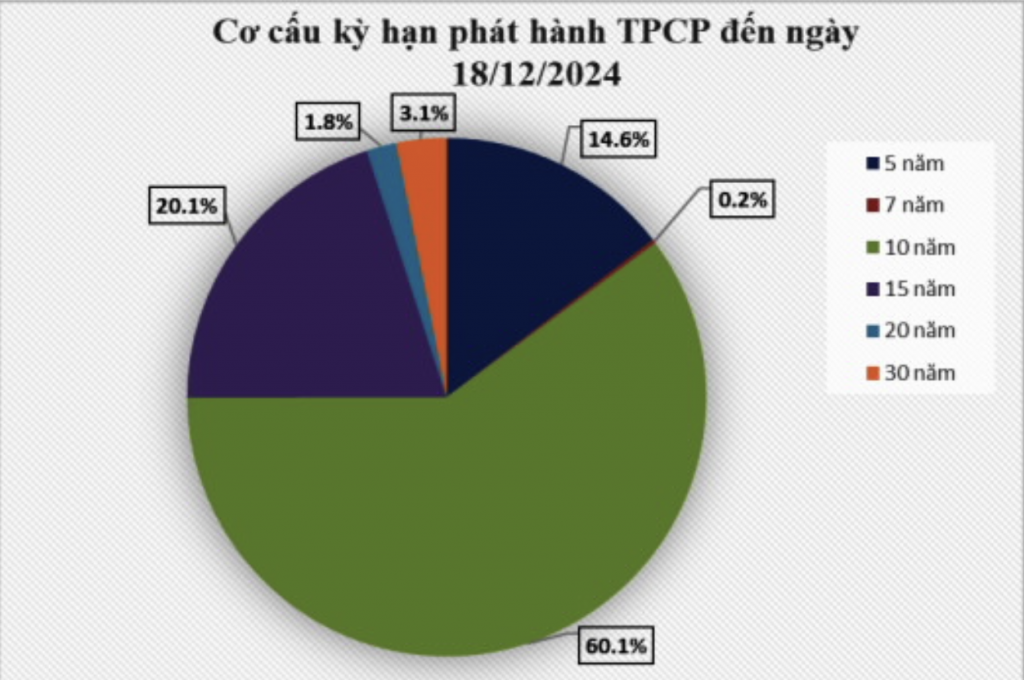
Issuing government bonds has met the budget capital at reasonable costs
14:25 | 29/12/2024 Finance

Untying the knot for green finance
11:08 | 23/12/2024 Finance
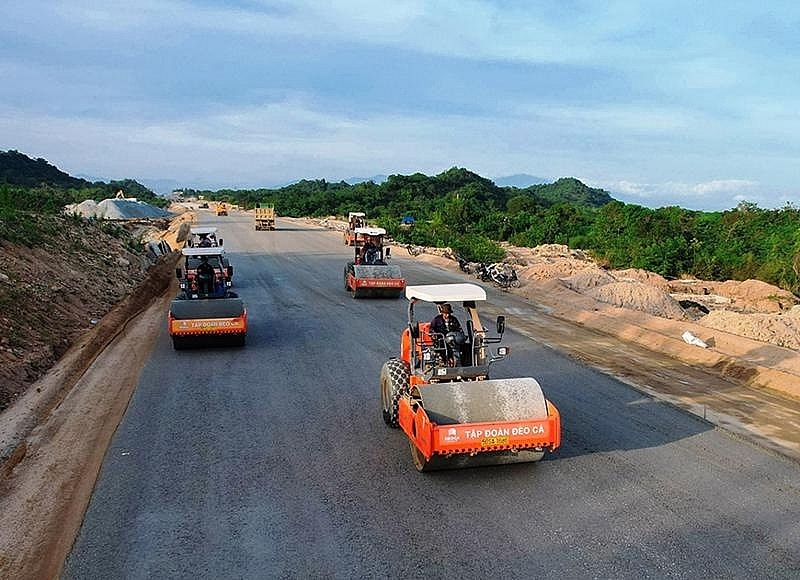
Publicizes progress of public investment disbursement for important national projects
15:21 | 19/12/2024 Finance
Latest News

Embracing green exports: a pathway to enter global supply chains
10:33 | 20/02/2025 Import-Export
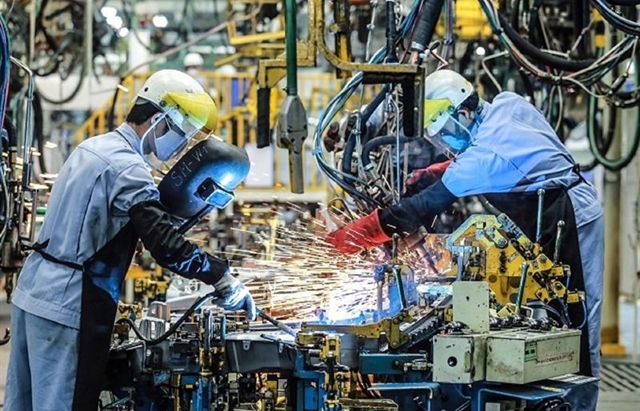
New policy proposed to prevent transfer pricing, tax evasion of FDI enterprises
10:32 | 20/02/2025 Import-Export

Việt Nam’s durian exports to China plummet by 80%
16:18 | 19/02/2025 Import-Export
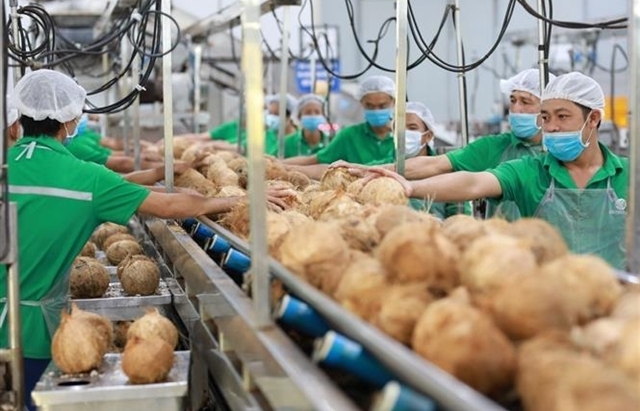
Coconut exports reach 14-year high
15:29 | 18/02/2025 Import-Export
More News

Shrimp exports grow in the first month of 2025
15:28 | 18/02/2025 Import-Export
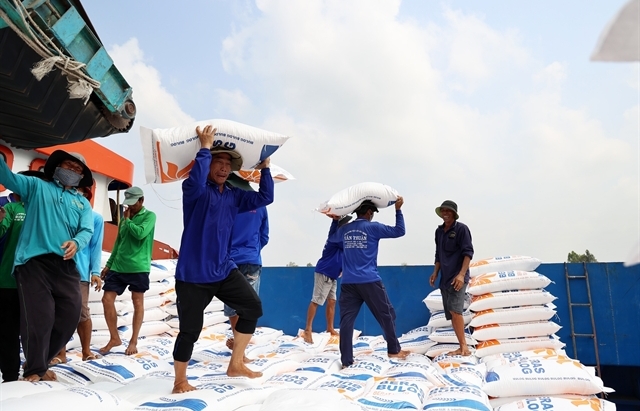
Rice export prices drop, but decline expected to be short-term
08:10 | 17/02/2025 Import-Export

Key agro products expected to maintain export growth this year
08:08 | 17/02/2025 Import-Export
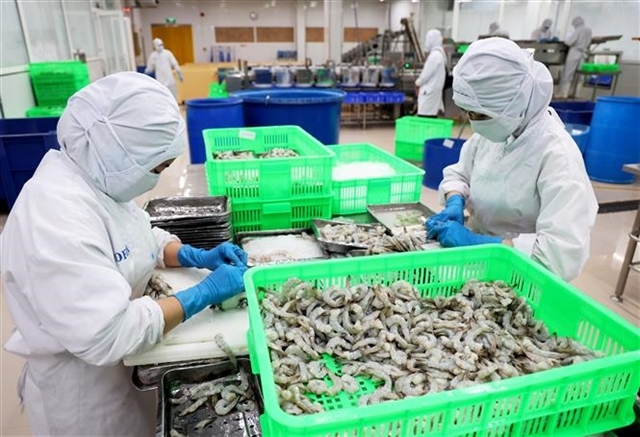
EU issues 12 warnings against Việt Nam’s food and agricultural exports
08:07 | 17/02/2025 Import-Export
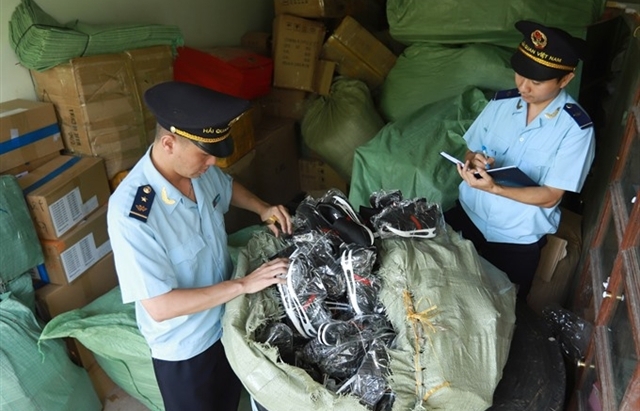
Việt Nam to impose VAT on low-value express-imported goods
08:06 | 17/02/2025 Import-Export

Exchange rate risks need attention in near future
16:31 | 15/02/2025 Import-Export
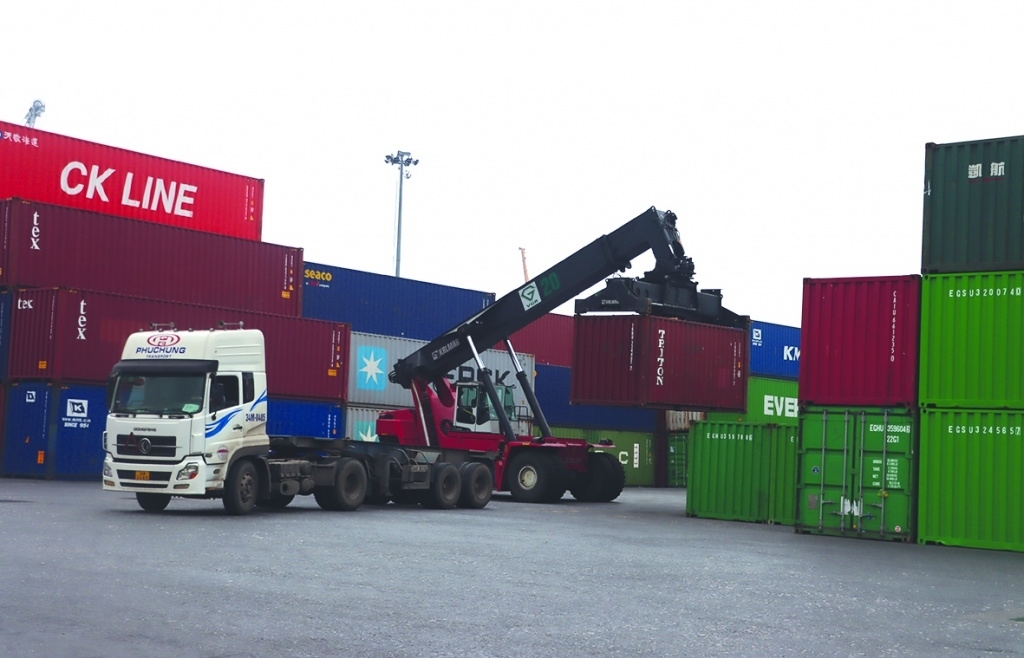
Vietnam kicked off the year with a strong start in trade, exceeding US$63 billion in the first month
16:30 | 15/02/2025 Import-Export
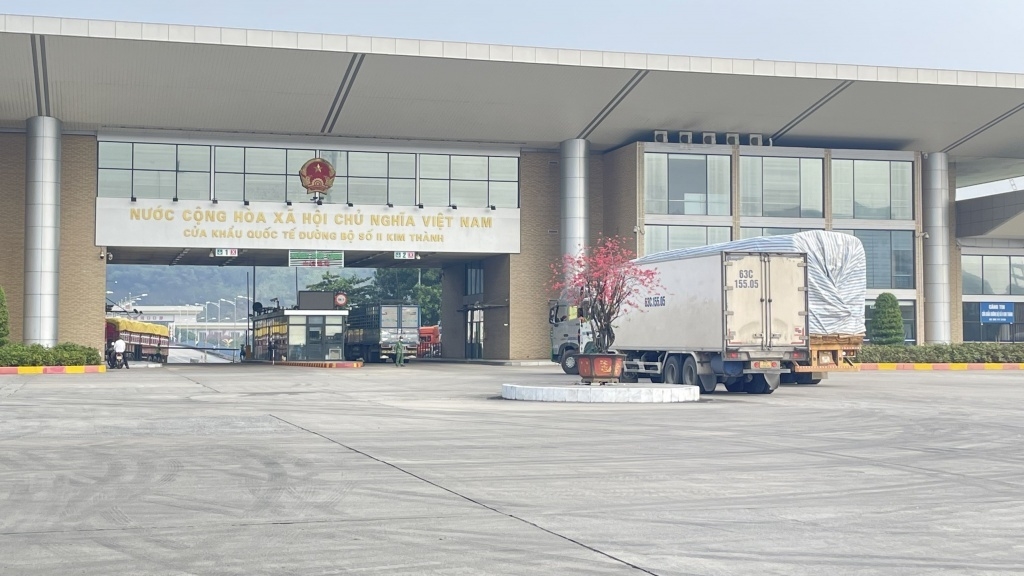
Import and export turnover reaches about US$29 billion in the second half of January 2025
14:52 | 14/02/2025 Import-Export

Market edges up slightly as liquidity remains low
14:48 | 14/02/2025 Import-Export
Your care
The system has not recorded your reading habits.
Please Login/Register so that the system can provide articles according to your reading needs.

Embracing green exports: a pathway to enter global supply chains
10:33 | 20/02/2025 Import-Export

New policy proposed to prevent transfer pricing, tax evasion of FDI enterprises
10:32 | 20/02/2025 Import-Export
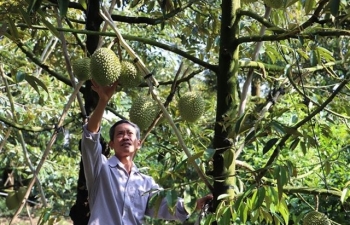
Việt Nam’s durian exports to China plummet by 80%
16:18 | 19/02/2025 Import-Export

Coconut exports reach 14-year high
15:29 | 18/02/2025 Import-Export
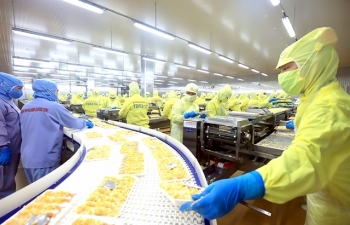
Shrimp exports grow in the first month of 2025
15:28 | 18/02/2025 Import-Export
